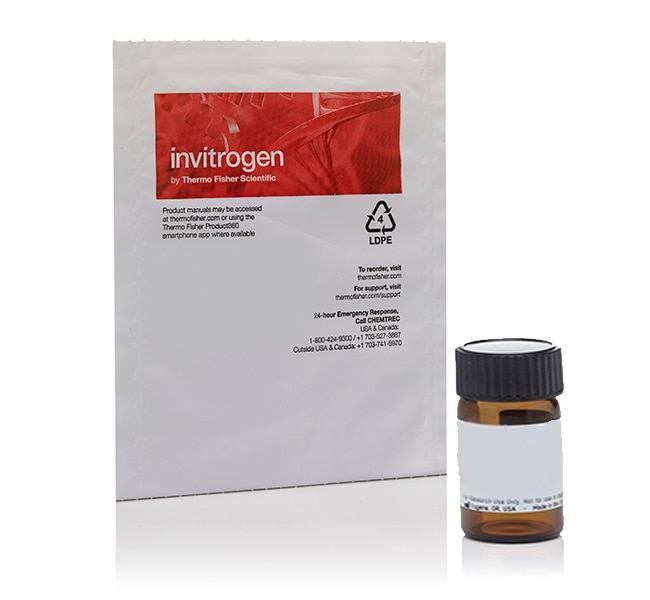Search Thermo Fisher Scientific
- Contáctenos
- Orden Rápida
-
¿No tiene una cuenta? Crear una cuenta
Search Thermo Fisher Scientific

| Número de catálogo | Cantidad |
|---|---|
| D399 | 100 mg |
Learn about iron-dependent cell death & ferroptosis reagents to meet your research needs ›

It has been done. The problem is that plate readers are less sensitive than microscopes, with far less signal-to-background difference. It is worth trying, but first optimize concentrations and loading times with control cells, use a plate with little to no autofluorescence, and possibly optimize the gain setting in order to get the best signal possible. But don't expect the same sensitivity, even with optimization.
Find additional tips, troubleshooting help, and resources within our Cell Analysis Support Center.
This is not recommended as the two dyes overlap in the emission wavelength. There are other ROS reagents available in different wavelengths, such as CellROX Deep Red, which emits in the far-red range (665 nm), or dihydroethidium, which is emits in the visible red range (620 nm).
Find additional tips, troubleshooting help, and resources within our Cell Analysis Support Center.
If the cell is overloaded with dye, the high intracellular concentration of the dye may lead to dye-dye quenching. Upon illumination, photobleaching will occur, which will reduce the dye-dye quenching and actually increase the fluorescence (for a while, but then it will start decreasing). To solve the problem, reduce the concentration and incubation time, and try a range of incubation times and concentrations.
Find additional tips, troubleshooting help, and resources within our Cell Analysis Support Center.
H2DCFDA and similar derivatives are not fixable. The same goes for dihydroethidium and dihydrorhodamine. However, CellROX Deep Red and CellROX Green are retained for a limited time upon fixation with formaldehyde. CellROX Green may be retained upon subsequent Triton X-100 permeabilization. Avoid the use of any acetone or alcohol-based fixatives or fixatives that include alcohol, such as formalin.
Find additional tips, troubleshooting help, and resources within our Cell Analysis Support Center.
We guarantee stability of the product for a period of 3 months when stored as recommended in the freezer (-5 to -30 degrees C).
Find additional tips, troubleshooting help, and resources within our Cell Analysis Support Center.
Compartir número de catálogo, nombre o enlace.